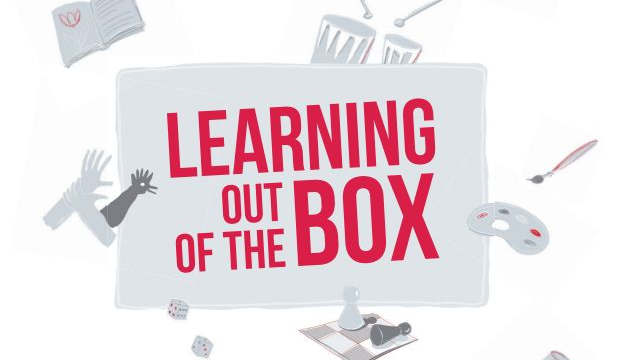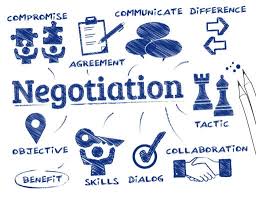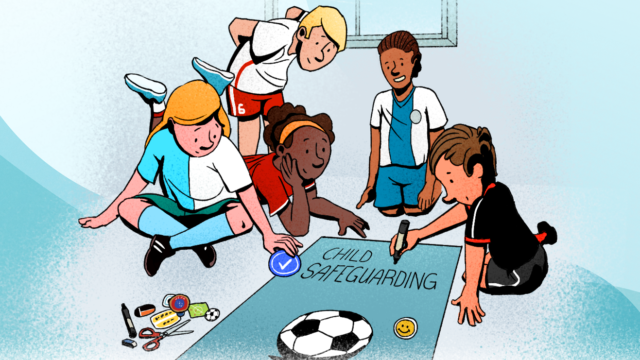World Climate Simulation
WELCOME
- Welcome the participants as yourself and in your casual clothes. Do not wear your jacket and formal clothes at this stage. The idea is to meet them outside the main hall so that when they enter the hall they can start playing their roles.
- Tell the group that there are realistic and unrealistic elements to the simulation: there will be binding deadlines, the behaviour of the global biogeochemical system will be determined by the latest scientific understanding, and there are differences between regions of the world. The simulation is real
the same simulation used by some negotiators in the climate talks. (e.g. the French state) Some of the unrealistic elements: the game is oversimplified and very, very different from any negotiation at the United Nations.
DIVIDING INTO TEAMS
- The organisation into teams can be done before or during the event. The benefit of forming teams in advance is that you can give them the briefing documents in advance to review, rather than asking them to read them when they arrive.
START THE DISCUSSION
- When you meet the group again, change your attitude to show your serious, result-oriented behaviour. Stand at the front of the room. Introduce yourself as Secretary-General or Executive Director as briefly as possible and set the context. Emphasise that climate change is a major problem and that the nations of the world need to develop a plan to address it. If necessary, give a short lecture on climate science to better explain the situation. You can make use of the PowerPoint presentation prepared by Climate Interactive. It is available in the appendix.
WHAT IF IT IS AS IT IS NOW...
- Open the computer model (C-Learn or C-ROADS) and introduce participants to the inputs and outputs of the model, including emissions of heat-trapping gases by block (given in CO₂ units), the resulting CO₂ concentration and temperatures. Show how the "Business as Usual" plan, with no changes in climate policies, would raise the global surface temperature well above the +2°C target.
EXPLAIN HOW THEY WILL REACH A DECISION
1. Each group of representatives will set its own fossil fuel emission targets.
2. Decide on policies on deforestation and land use, including
3. We are creating a "United Nations Green Climate Fund" for disaster relief, food and water, migration and refugees, and support (investments in emission reductions that are necessary to achieve the targets set in point 1 but do not provide cost benefits). We aim for a total of $100 billion per year.
a. How much will you contribute?
b. How much should others contribute?
c. What do you need?
d. Your circumstances?
LIST THE OBJECTIVES
- Distribute the suggestion record forms if they have not already been distributed and give the parties a certain amount of time (e.g. 20 minutes) to decide whether or not to change their usual, "business as usual" actions.
LISTENING
- Listening to commitments
- Visualisation of simulation results and explanation of dynamics
NEXT TOURS
- Continue with new rounds of discussion until the groups reach the goal or time runs out. A 3-hour session can usually have 2 or 3 rounds of discussion.
INFORMATION
- Take a break and then welcome the participants back and tell them that it is time to think and talk about their experiences.
- If you have time, ask participants to take 5-10 minutes to write down their thoughts. You can ask these two effective questions to elicit insights and elicit poignant responses:
Were there any surprises or unexpected situations?
How did this experience make you feel?
- Ask people to turn to the person next to them and complete the following sentence: "When I was role-playing in the policy-setting game, I felt ...".
- Using the slides from the presentation, briefly describe the real proposals given to the real negotiations at the United Nations.
- Summarise the main dynamic insights that emerged from using the simulation programme. If time permits, ask the participants "Which insight was the most important for you in this experience?
(Please see the guide for details of this step)
- Process the possibility of the global community solving the problem of climate change. Ask the group, "You can see that major changes will be needed in the global community to deal with climate change. Where does your hope come from that these changes will happen?".
- In the action phase: "There are many possible roles in this. Which roles interest you the most?".
CLOSING
- Close the session by thanking the participants, any supporters, hosts or facilitators.
Method Details
* Tables, chairs and cushions for teams
* Cards with the name of the groups
* Information notes for team members
* 2-3 suggestion forms
- Climate simulation programmes C-Learn (online) or C-ROADS1 (downloaded to the computer) and a computer with access to a PowerPoint presentation, a projector and a screen in the middle of the front. (You can access these programmes on the site I referenced, the presentation is attached as I mentioned)
- A whiteboard (or large sheets of paper) on which the participants will write their commitments and on which a table is drawn large enough for everyone to read from their seats
- A flip chart with pre-drawn diagrams
- A blue tarp to symbolise sea level rise, close to where the least developed countries will be seated.
- Keep out of sight, out of the hall or at the back of the hall, any more formal clothing or accessories (e.g. a tie and jacket for a man, a scarf and jacket for a woman) that you would use when playing the role of Secretary-General of the United Nations.
***You can also make the following changes in your space to show the full extent of global inequality;
Set the tables of richer countries with tablecloths, flowers, pens, notepads and snacks. These details symbolise the relative wealth of the team that will sit here - the Developed World (or the US, EU and Other Developed Countries groups). Let the moderately wealthy countries have chairs, but
no tables. Finally, have the Other Developing Countries negotiating group sit on the floor, perhaps with a chair for the wealthy leader of the group to sit in. (Disclosure - this may seem like a rather odd practice for serious settings, but we ask this group to sit on the floor in almost all situations, including business settings) If you have secondary groups, you can provide candy or counterfeit money for the fossil fuel lobby and signature gathering materials for climate activists. Although optional, such props make the roles more realistic and the game more immersive.
***There are also outputs to go along with these, which can be found in the facilitator's guide for simulation practitioners.
This method addresses
Added by
Contact with the Author
World Climate Simulation 0 reviews
Login to Write Your ReviewThere are no reviews yet.
Write Your Review
Related Listings

-
In Person Training, Online Training
-
can be adjusted to smaller or bigger groups age: 16+
-
10-30 minutes

-
In Person Training
-
minimum 20 people who are divided in 2 groups, Up 20
-
40-120 minutes depending on depth of discussion
















